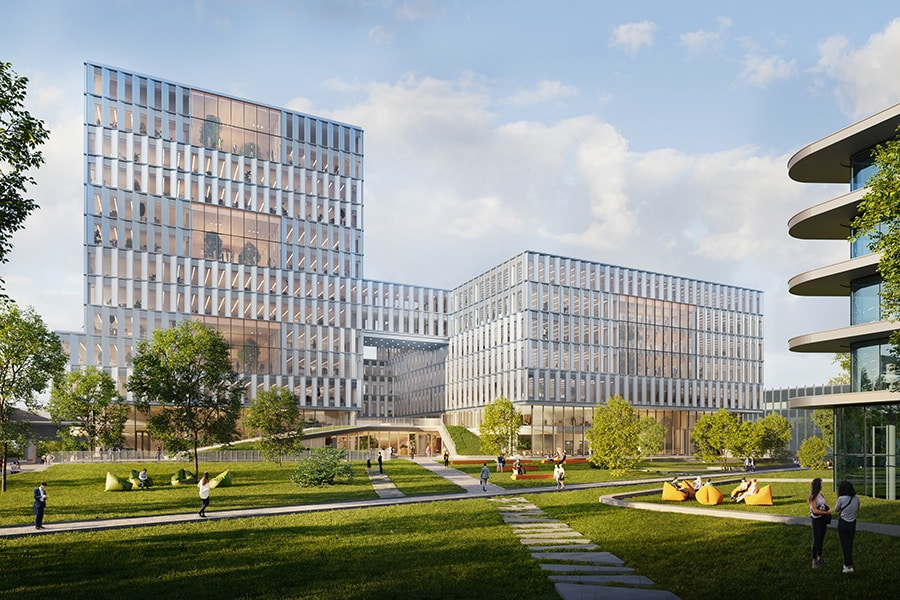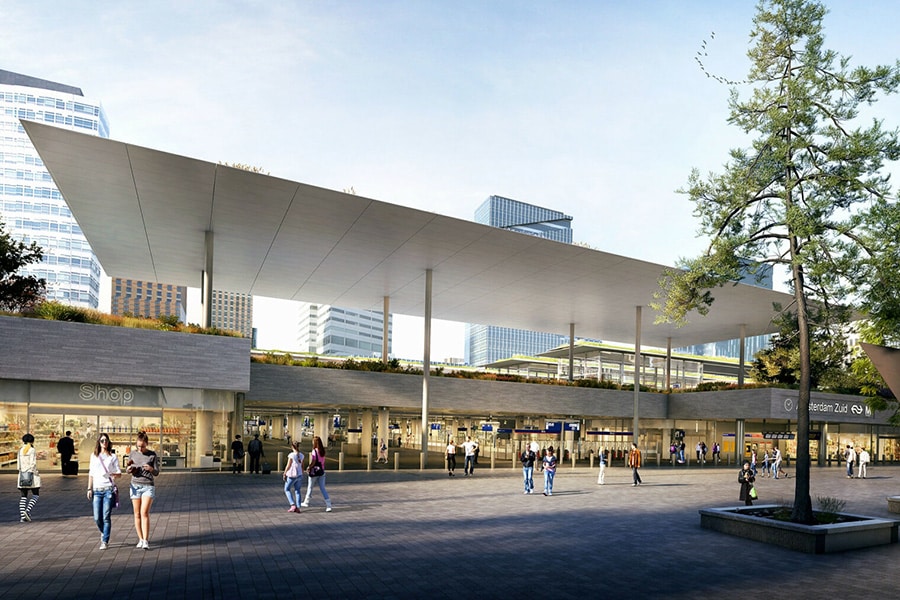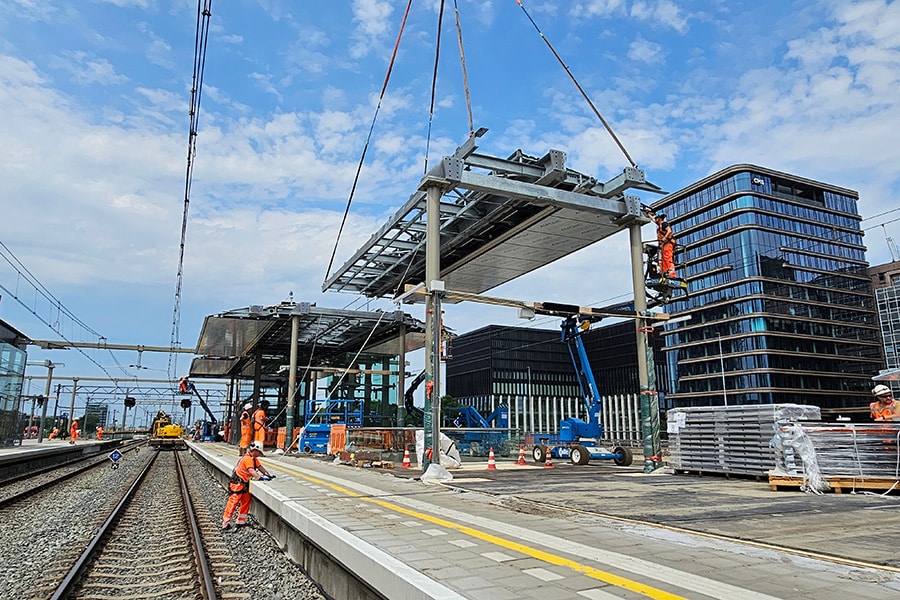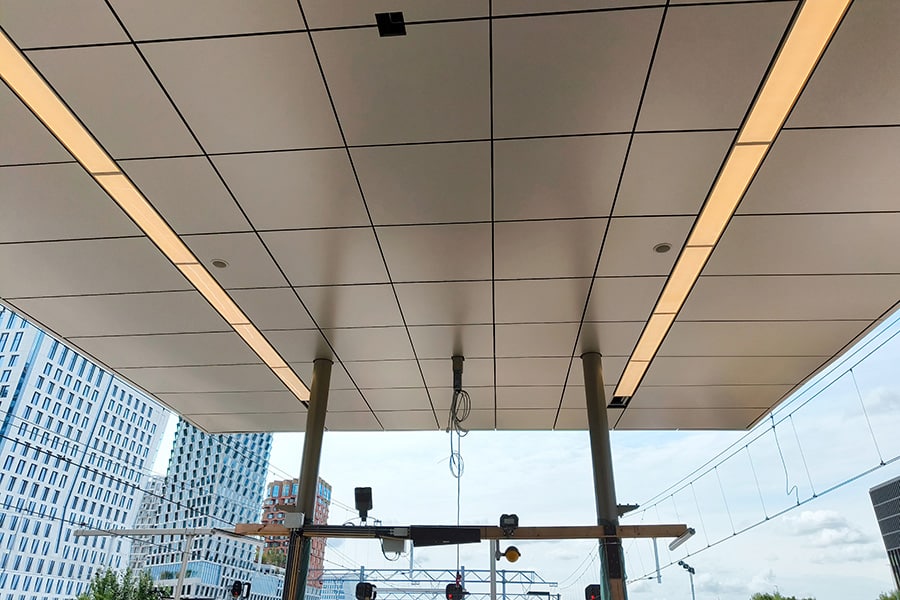
Emission-free construction pit? You can!
The separation between land and water, that's what foundation specialist Sterk deals with. "Think building pits, quay renewals or dike reinforcements. And we do that with a view to innovation and energy transition. If it is up to us, we will soon switch to emission-free foundations," says technical director Peter van Halteren.
With the focus on energy transition in mind, the Pearl in the Polder project fits Sterk perfectly. "We had worked with De Vries en Verburg before, and you naturally hear in the corridors what other companies are working on. The fact that De Vries en Verburg has set the sustainable bar very high with the expansion of its office gave us the opportunity to show what is possible when it comes to emission-free foundations."

Subcontractor+
Van Halteren explains that Sterk sees itself as a subcontractor+. "We think along at the level of a general contractor. That's why we like to get involved in a project as early as possible. Then there are still opportunities and optimizations to explore and apply our expertise and experience. De Vries en Verburg asked us: can you install the cofferdam emission-free? We immediately said that we could realize this."
"The requirements were different than normal. Normally you make a design and go into the ground with a steel frame to support the walls. That was not the desire in this project. Then the calculations begin: a free-standing cofferdam has to carry more forces, how do you distribute that? We therefore changed the shape of the cofferdam and placed the walls on different
places put."

An ordinary plug is not enough
The biggest challenge was using electric machines to reduce emissions. "Laying foundations requires a relatively large amount of energy. By comparison, the home charging station for your electric car often charges at 5 to 11 kW. Our machines use 250 to as much as 500 kW of peak power. Those are gigantic powers, they don't just come out of the wall socket."
Strong was fortunate that De Vries en Verburg already had a fairly heavy power connection. "We were able to get a lot of energy from that. Our work does not require a continuous and constant flow of energy, but it does have violent peaks. That's in the installation of sheet pile walls: during the minutes in which you install them, a lot of energy is needed. But on average over the day, you therefore need less." The solution? Turning on a battery as a buffer. "That battery had enough power for our peak loads and could recharge at the times when the load was lower. In the end, we never fell below a 35 percent battery charge while still working 9-hour days, so it worked out very well!"
Not yet optimal
How is zero-emission building doing now? "At the moment it is still accompanied by higher costs. Fortunately, De Vries en Verburg was willing to opt for this ambitious method after all. We chose to offer the work at a lower price. A win-win situation for both companies. De Vries en Verburg was able to realize its sustainable ambitions and Sterk was given the opportunity to continue using these new working methods.
to test out."
The construction industry's energy demand is enormous, so the challenge of being able to be an emission-free foundation company by 2035 is a tough one. "At Strong, we have been working on this conversion for some time. Of course, sometimes things go wrong and things are more expensive, but that doesn't matter. We and especially the people who have to work with it learn from that. The most important thing is that together with a client you get the chance to stick your neck out. The energy transition is still in its early stages and that involves trial and error. We think you have to embrace that together."



